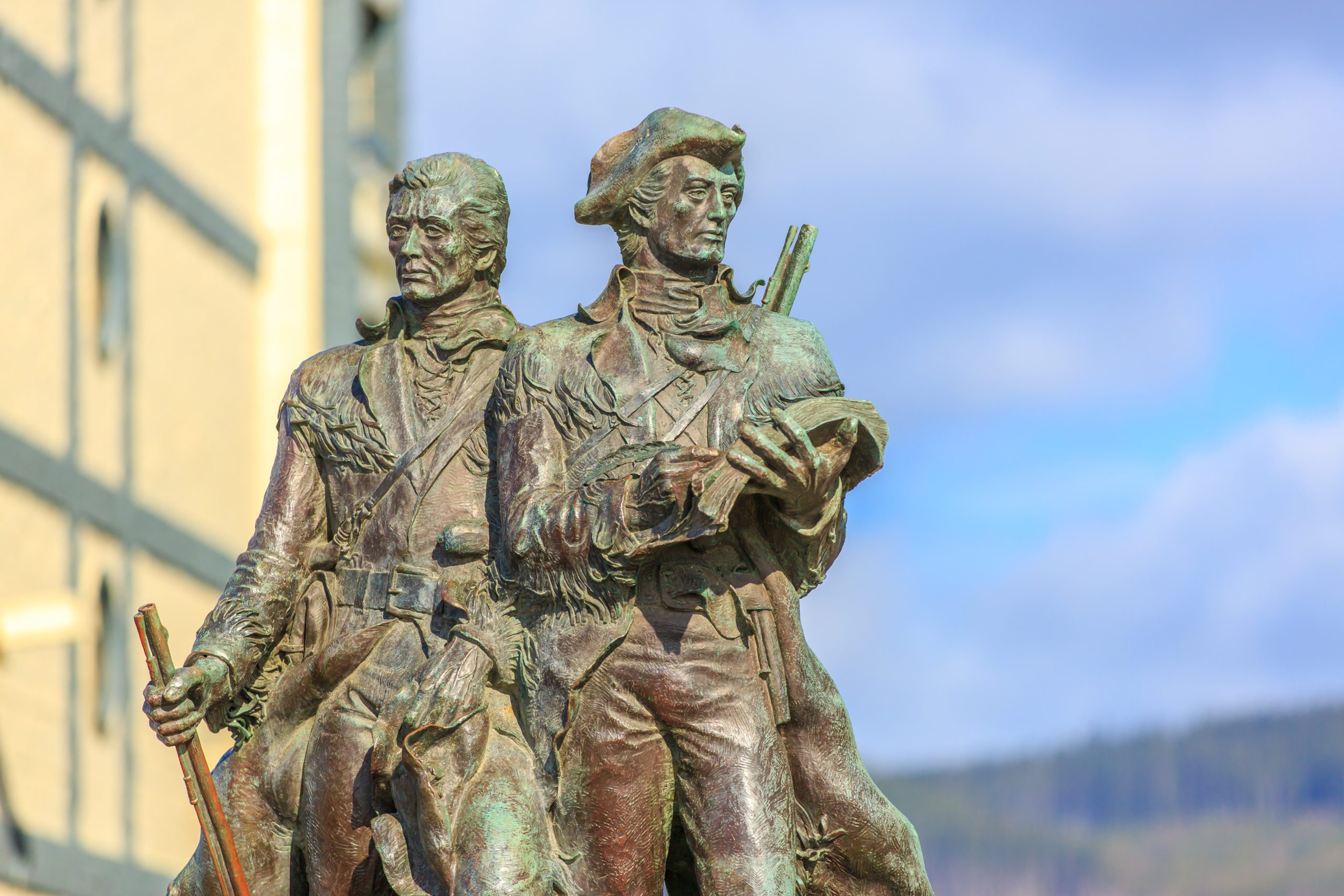2a. Early Use of Coal

The historical record of North Dakota coala dark brown to black combustible rock of organic origin formed over millions of years by the partial decomposition of... Read More goes back as far as the early 1870s. Early inhabitants and explorers of North Dakota used ligniteBrownish-black coal in which the alteration of vegetal material has proceeded further than in peat but not so far as... Read More coal long before the coal industry took root. With few available trees, Native American tribes in the area burned lignite coal as a substitute for firewood.
When the Lewis & Clark expedition came through North Dakota in 1804, they were instructed to make note of available resources. Lewis made note of coal seams multiple times in his journal.
“There is more appearance of coal today than we have yet seen. The stratas are 6 feet thick in some instances; the earth has been birnt in many places, and always appears in stratas on the same level with stratas of coal.”
“In the evening I passd. Straters of Coal in the banks on either Side. Those on the Stard. bluffs was about 30 feet above the water and in 2 vanes [veins] from 4 to 8 feet thick, in a horozontal position. The Coal Contained in the Lard Bluffs is in Several vaines of different hights and thickness. This Coal or Carbonated wood is like that of the Missouri of an inferior quallity.”
-from the journals of Meriwether Lewis


In 1873, General Custer escorted a group of entrepreneurs from Bismarck to Sims, North Dakota, where they had noticed several visible coal veins and hoped to start a mine. Though the first group to mine at Sims ultimately failed, other successful mines popped up throughout the state. By 1900, over 70 coal mines were operating in North Dakota. While some were larger commercial mines, others were smaller “wagon mines.”
